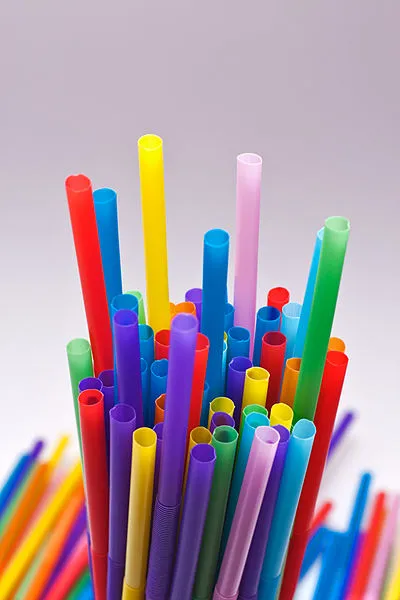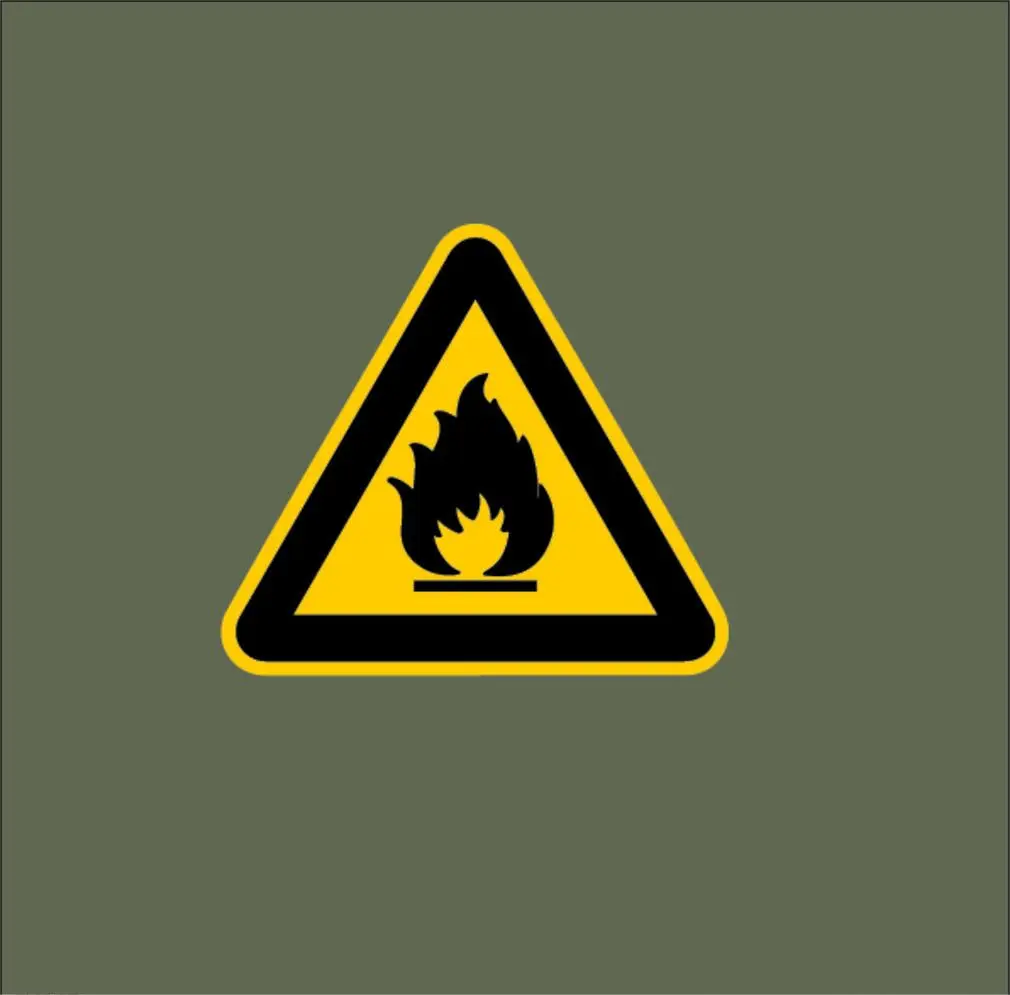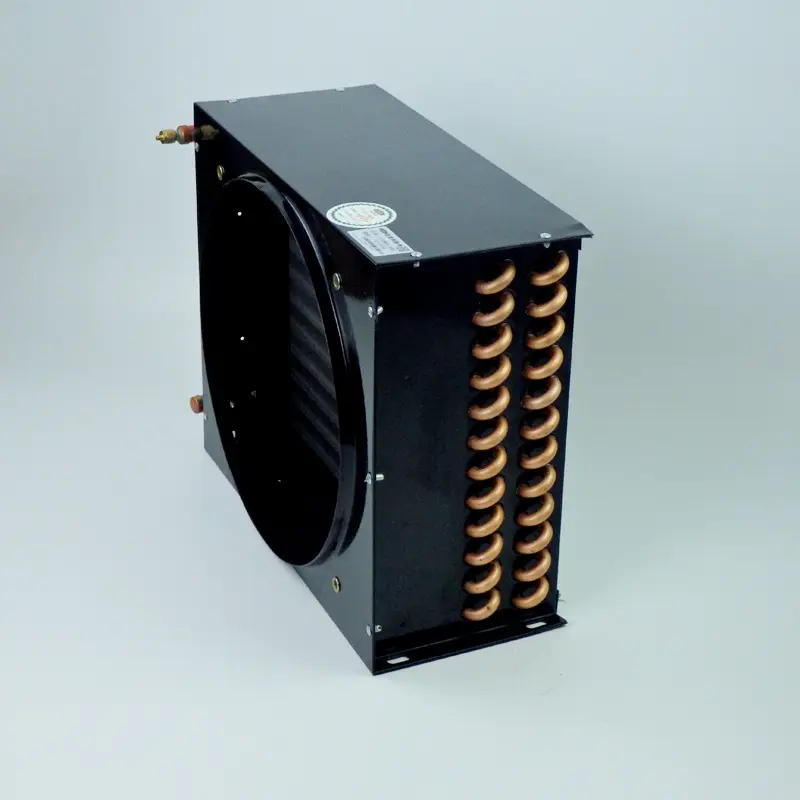Constant temperature and humidity test chambers simulate different temperature and humidity conditions for environmental testing. To ensure regular operation, it’s necessary to understand some precautions when using it. To make it more durable, some routine maintenance is necessary.
1.Factors that cause damage to the constant temperature humidity box
(1) Light factor:
Different products have different light intensity. Durable plastics, and coatings that encounter light won’t produce a serious aging phenomenon. So analyze what the material composition of the product equipment is.
(2) High temperature factor:
As the temperature rises, so does the intensity of light. Temperature and light is no chemical reaction, but they have a subtle connection.Therefore, it is important to control the temperature range when testing samples.
(3) Humidity factor:
Moisture in the air, rain, dew, etc. can cause humidity. Outdoor humidity is primarily affected by dew formed by moisture. Rain is less harmful than dew.Severe moisture absorption can occur due to dew clinging to the item for a long period of time.Such as rain can wash away the surface of the coating.Aging of the inner layer occurs when exposed to light.To make the constant humidity constant temperature test chamber uses more worry. The more we have to learn about routine maintenance. The above describes reasons why these three factors lead to the damage of the chamber. Knowing these factors is great help to your maintenance of the test chamber. More standardized in the operation of environment chambers.It is great help to extend the service life and improve the quality of the chamber.

2. Prohibited items
2.1 Explosives:
(1)Nitrocellulose (ethylene glycol dinitrate), nitroglycerin (glycerol trinitrate), and other explosive nitrate esters.
(2)Trinitrotoluene,trinitrobenzene and other explosive nitro compounds.
(3) Peracetic acid and other organic peroxides.
2.2 Combustibles:
2.2.1 Self-igniting materials:
Other metals such as sodium, potassium, lithium and . Red phosphorus, phosphorus sulfide and yellow phosphorus.Other celluloid types such as aluminum powder, phosphated lime, sodium bisulfite, magnesium powder and calcium carbide.
2.2.2 Oxides:
- Other chloride such as sodium chlorate, potassium chlorate, ammonium chlorate.
- Other peroxides such as potassium peroxide, sodium peroxide and ammonium peroxide.
- Other inorganic peroxides such as sodium peroxide, potassium peroxide, barium peroxide, etc.
- Other nitrates such as sodium nitrate and potassium nitrate .
- Other hypochlorites such as potassium hypochlorite.
- Other chlorites such as sodium chlorite.
2.3 Combustible materials:
- Ether, gasoline, acetaldehyde, and other substances with ignition points less than -30℃.
- Ordinary ethane, acetone, benzene, and other substances with an ignition point above -30 ° C and less than 0 ° C.
- Methanol, ethanol, and other substances with ignition points above 0 ° C and below 30 ° C.
- Kerosene, gasoline, turpentine, and other substances with a burning point above 30 ° C and below 65 ° C.
2.4 Flammable gases:
Methane, ethane, propane, butane, and other gases may burn at atmospheric pressure of 15 ° C.

3. Correction
The domestic third-party testing unit uses the 9-point temperature and humidity correction method. Used to check the temperature and humidity uniformity and deviation of each point. The third-party testing unit will also issue a test report. The calibration frequency is once a year.
4. Installation site
To help the heat dissipation and maintenance of the box. The site conditions for installing this equipment are as follows:
(1) The distance between the adjacent walls or objects is 300mm.
(2) For continued good performance and functionality. It should place in a place where the temperature is 15~35 ° C and the relative humidity is greater than 85%.
(3)The machine should be installed in a place where the ambient temperature is stable.
(4)Make sure the instrument is on a level surface when installing. Leveling can be confirmed with a spirit level.
(5)The instrument should be placed in a place free from direct sunlight.
(6)The instrument should be installed in a well-ventilated place.
(7)It should install away from combustible materials, explosives, and high-temperature heating sources.
(8)The installation place should be chosen with less dust.
(9)The installation site is conveniently located near the power supply.
5. Precautions
(1)Power supply within the rated voltage range to better avoid malfunctions.
(2)To prevent electric shock, don’t switch on the power supply before the end of the wiring.
(3)This machine is not explosion-proof and cannot be used in a bad environment with explosive or flammable gases.
(4)Try not to open the door when the machine is working.Opening at high temperatures can easily lead to operator burns.Opening at low temperatures can cause frostbite to staff. And it will cause the evaporator to freeze easily and the cooling effect will be affected.If you’re going to open the door, make sure you protect it.
(5) It prohibits disassembling, process, transforming, or repairing the climate chamber without authorization.Otherwise, machine failure, fire or electric shock may occur.
(6)To avoid failure, abnormal operation, reduced life, and fire. The body’s ventilation holes should keep unobstructed.
(7)Do not use the machine if you find it deformed or damaged when you open the box.
(8)When the machine is installed, do not let dust, wire, iron filings, or other things enter, otherwise it will fail.
(9)The power cord needs to be grounded and must not be connected incorrectly.Non-grounding may cause electric shock, misoperation accidents, abnormal displays, or large measurement errors.
(10)Periodically check the fixing bracket and terminal screws. Do not use the instrument when these parts are loose.
(11)To prevent electric shock, the power inlet terminal cover must be mounted on the terminal board during machine operation.
(12)The instrument is in operation before start, stop, and other operations. Due to consideration of safety, the wrong operation can cause equipment damage.
(13) Please wipe the instrument with a dry cloth. Other organic solvents such as gasoline and alcohol should not be used to wipe the machine.The machine can not be splashed with water.If accidentally splashed with water, need to stop using immediately. Otherwise there will be danger of electric shock, electric leakage or fire etc.
(14)The internal parts of a machine have a life span of use. For continuous and safe use, please perform regular service and maintenance.After the instrument is scrapped, it needs to be disposed of as Industrial waste.
6. Maintenance methods
Constant temperature humidity chamber is widely used in many fields. For example, aerospace, national defense technology and machinery manufacturing. Its production of a chamber uses the world’s leading German perfect shape design. So how are the environmental test chambers maintained and cleaned in daily work?
6.1 Maintenance and cleaning of the interior and exterior of the machine:
(1)The chamber should be clear of internal impurities before operation. Clean the climatic test chamber with detergent. And wipe the sensor surface, and clean the gauze tank scale. Gauze should be changed at least quarterly to semi-annually. The gauze also needs to be replaced when it becomes hard and yellow. To prevent debris from falling into the holes in the bottom of the inner box. The maintenance period is one cleaning after each test.
(2)Cleaning of power distribution rooms at least once a year.Just use a vacuum cleaner to remove dust from the distribution room.
(3)Clean the exterior of the above box at least once a year by wiping it down.
(4) Cleaning the condenser is to remove dust. The front-to-back blow gun works well, and the middle part of the mezzanine can also clean.Don’t get the air gun too close to the condenser.Too much pressure will blow it off.
(5) Water level cup, water tank, and humidifier cleaning:
Stop the machine, open the lid, and wipe the sensor float and cup with a small cloth.Did the humidity test, and to avoid scalding, waited for the water to cool down and then washed it.
Water tanks need to be cleaned regularly.The float in the tank will alarm when it senses a low water level. The induction float needs to wipe clean to prevent abnormal alarms.
Humidifiers need to be cleaned inside and out. The old external humidifier is used as an example.Open the water valve underneath to drain, then open the humidifier lid. Remove the humidifier cover to prevent the sealing ring in the middle from torn. You can sprinkle some vinegar to clean, and five minutes later wipe with a rag, the effect is very good. Remember to clean the hole in the middle. The main cause of the empty combustion of the humidifier tube caused its blockage.Clean humidifiers at least quarterly.
(6)Inspection of switchboards:
After power failure, check the machine terminals with a screwdriver to make sure they are secure.Remove dust from electronic components to avoid short circuits.The maintenance period is at least once every quarter.
6.2 Constant temperature and humidity test chamber humidifier inspection and maintenance:
In order to maintain the water quality in the humidifier, the water needs to be changed once a month.For smooth water flow, clean the humidifier tray every month.
6.3 Constant temperature and humidity test chamber check the overtemperature protector:
When the machine is running, the largest value of overtemperature protection is set by 20℃~30℃. When the temperature rises to the overtemperature protection set, the heater power supply stops.Over-temperature warning light is on and the fan is still running. If running for a long time, please check whether the overtemperature protector is set.
6.4 Remove condenser dust:
Clean the condenser monthly. Dust can be vacuumed off the condenser cooling mesh. High-pressure air can also use to remove dust.

6.5 Constant temperature and humidity test chamber wet bulb gauze replacement:
When the wet gauze surface is not clean or becomes hard, the gauze cloth must replace. The gauze should change every three months. When replacing, wipe the temperature-measuring body with a clean cloth. Clean the gauze before changing it.
6.6 Wet bulb water level check and change:
It’s not good to have the water level in the silo too high or too low. And it is enough to keep it six minutes full.The water level is too high or too low, the gauze does not absorb water properly and the accuracy of the wet bulb will be affected.Adjust the water level of the water reservoir by adjusting the reservoir box.
6.7 Inspection and replacement of filters:
To ensure smooth airflow and to prevent dust and dirt from entering the interior of the chamber. Inspect and clean or replace air or humidity filters.
6.8 Calibration and Calibration:
Temperature and humidity sensors are regularly calibrated for stability and accuracy.
6.9 Lubrication:
To minimize friction and wear, the machine operates properly.Lubricate the moving parts and connecting parts inside the test chamber.
6.10 Inspection and replacement of seals:
Check whether the door, observation window, and other sealing parts are intact. And replace broken or aging seals in time to maintain the sealing performance.
6.11 Regular Maintenance:
Check the electrical system, refrigeration system, heating system, and other equipment. Timely detection and repair of faults to ensure the equipment’s normal operation. The inside of the box to avoid sharp iron type, harming the internal parts of the box.
Constant temperature and humidity boxes should dust every year. Dust in the water circuit and distribution rooms can be removed with a vacuum cleaner. To test whether there are impurities or conductive objects, etc. inside the motor. Otherwise, the motor will damage during use. The constant temperature and humidity chamber should also be used. Prolonged non-use will shorten its service life. It is best to turn on the machine and run it once in ten days.
6.12 Use environment:
The test chamber should place in a dry, well-ventilated environment. Avoid direct sunlight, high temperature, humidity, and other unfavorable factors on the equipment.
6.13 Pay attention to safety:
Pay attention to safe operation to protect the test chamber and the safety of the user. Avoid overloading, excessive vibration, the use of inappropriate power supply, and so on.
In short, the maintenance includes cleaning, calibration, lubrication, seal replacement, and other aspects. Reasonable maintenance can ensure normal operation, and improve its service life and reliability.
For more environmental test chamber, Please visit: https://chiuventionclimatechamber.com
For more environmental test simulation programmes,environmental testing knowledge, instrument knowledge, and environmental testing laboratory knowledge, please contact us: [email protected]